In the MOE Kindergartens, children conduct an investigation of a topic of their interest through a WoW (Weeks of Wonder) Project. In MOE Kindergarten @ Dazhong, the children were interested to find out whether we could build houses on water. The teachers took them through a process of “I wonder, I find out, I know” to guide their learning in this project.
I wonder...
During a learning activity where children talked about what would happen if there is not enough space to build more houses in Singapore, they wondered whether we could build houses on water if we ran out of land.
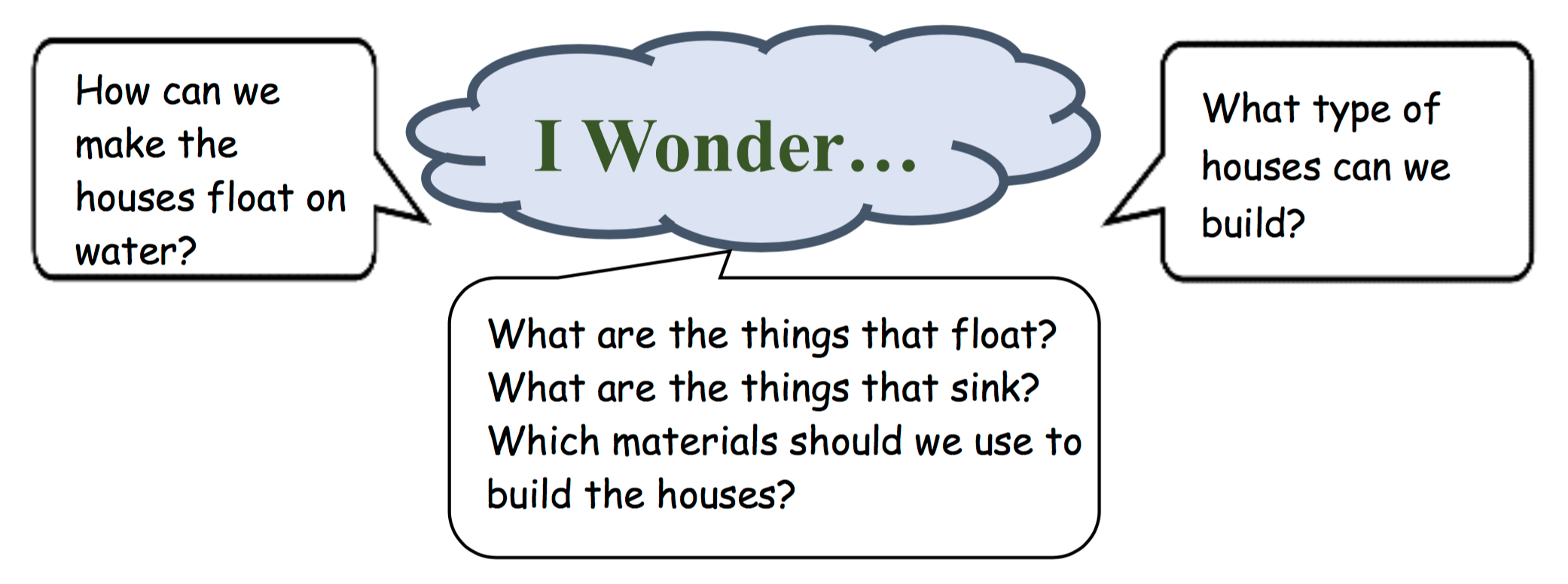
I find out…
The children obtained information on different types of floating homes from
various sources, such as videos, books, take-home activities and simple
experiments.
Watching a video Children watched a video and discovered there are many types of floating houses built around the world. They were amazed that boats could be built into houses. |
|---|
| The use of the video enhanced the children’s learning by allowing them to view examples of floating houses which are not easily found around us. The teacher also guided the children in the viewing of the video to ensure their safety and well-being.From the children’s responses, the teacher also selected other materials such as books and conducted activities that allowed the children to find out more about floating houses. These are in line with the guiding principles laid out in the ICT Guidelines. For more information, visit www.nel.sg/teaching-and-learning/ict-guidelines. |
|---|
Getting information from books
Children sourced information from books to find answers to their questions. The children found books such as “Floating and Sinking” by Amy Hansen and “Does It Sink or Float” by Susan Hughes informative.
Class activity
The children explored which materials sink or float in water. From the experiment, they discovered a variety of materials that float and sink.
Children sourced information from books to find answers to their questions. The children found books such as “Floating and Sinking” by Amy Hansen and “Does It Sink or Float” by Susan Hughes informative.
Class activity
The children explored which materials sink or float in water. From the experiment, they discovered a variety of materials that float and sink.
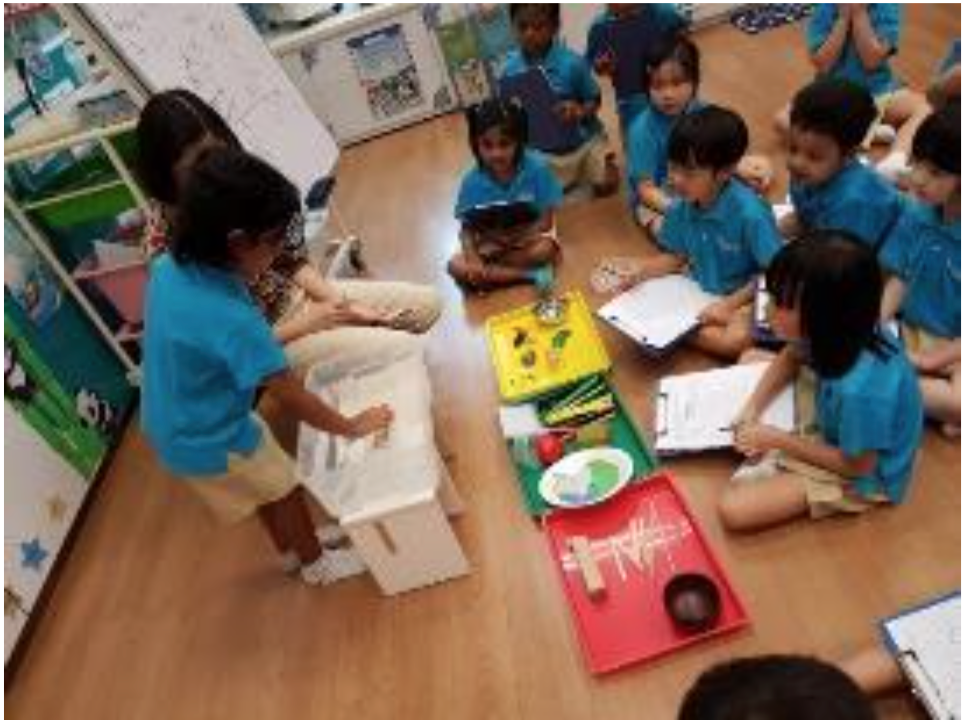 | 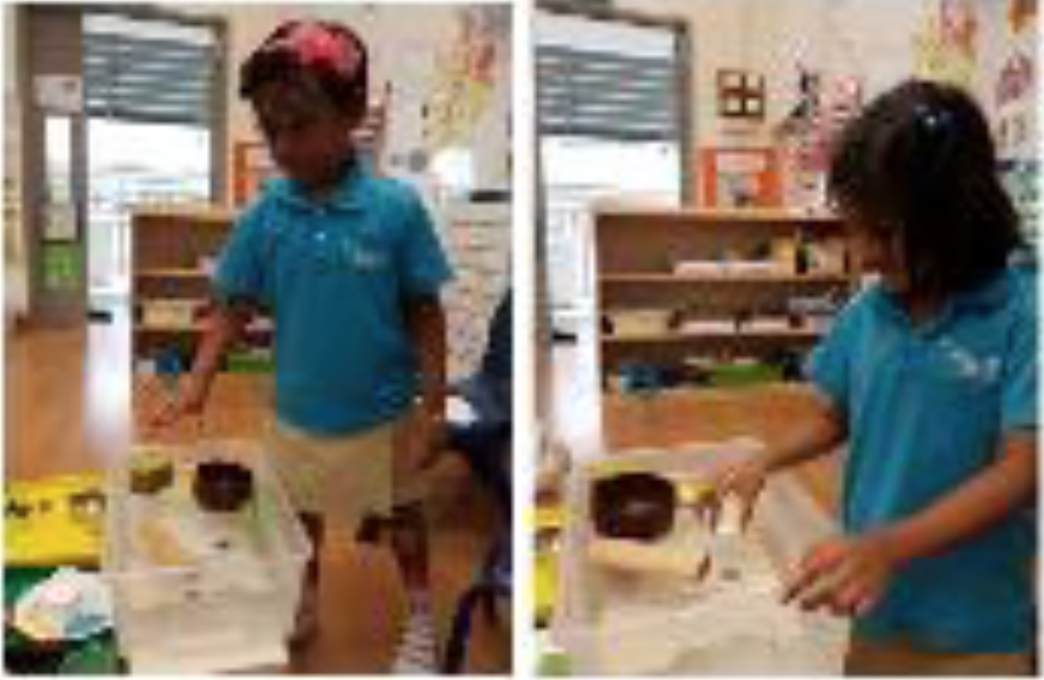 |
|---|
I know…
Having gathered information from the various sources, children learnt that - Air is lighter than water. - Air pockets in objects make them float. - Objects that have no air pockets will sink. - Boats have large air pockets that let them float. After discovering why objects float, children drew their dream floating house
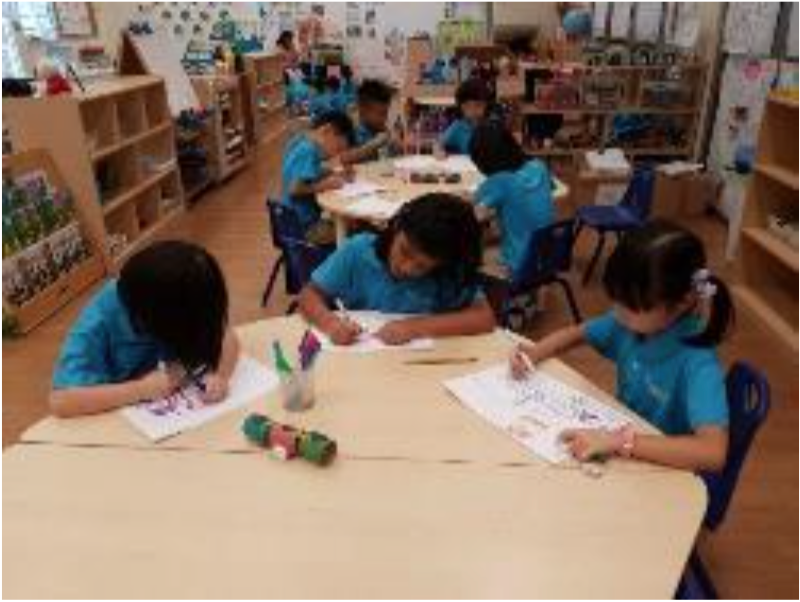 | 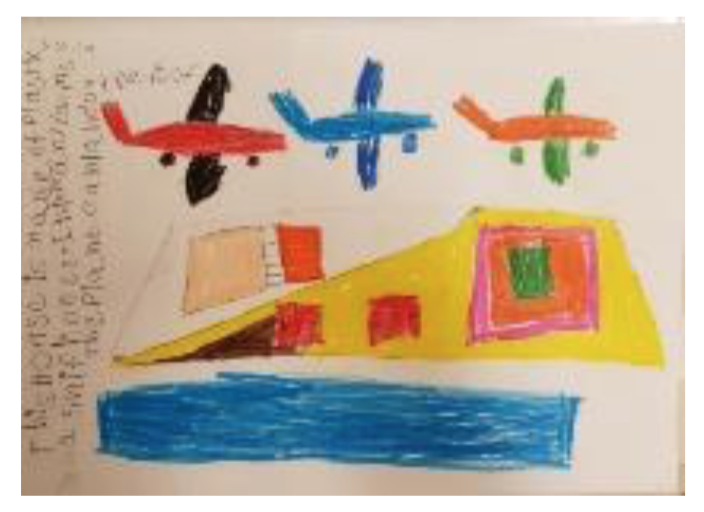 | 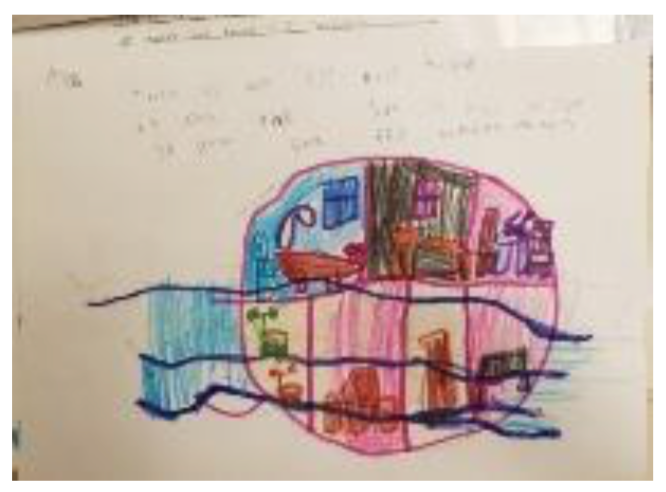 | 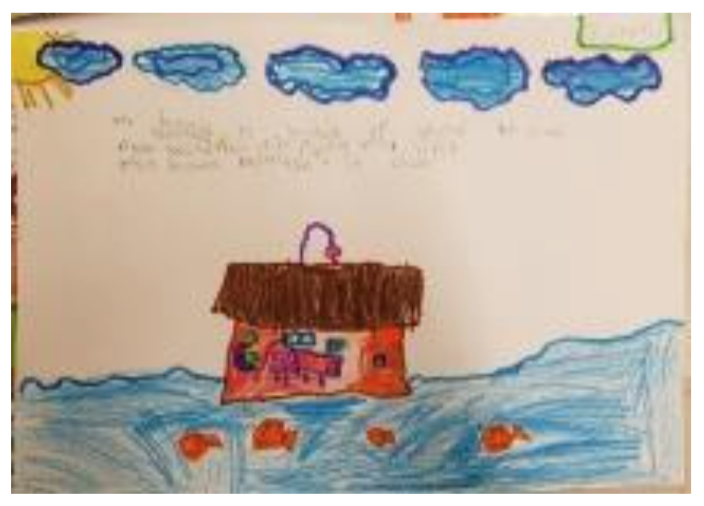 | 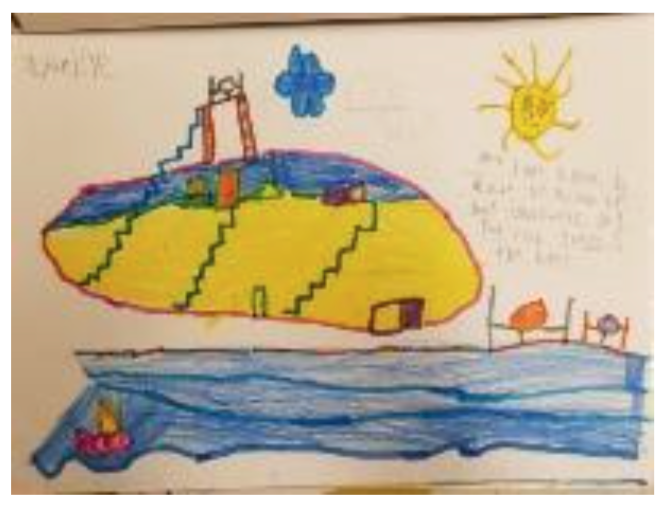 |
|---|
Take-home activity
Parents were encouraged to explore with their child building a simple 3-D model of a house that can float on water using recycled materials.
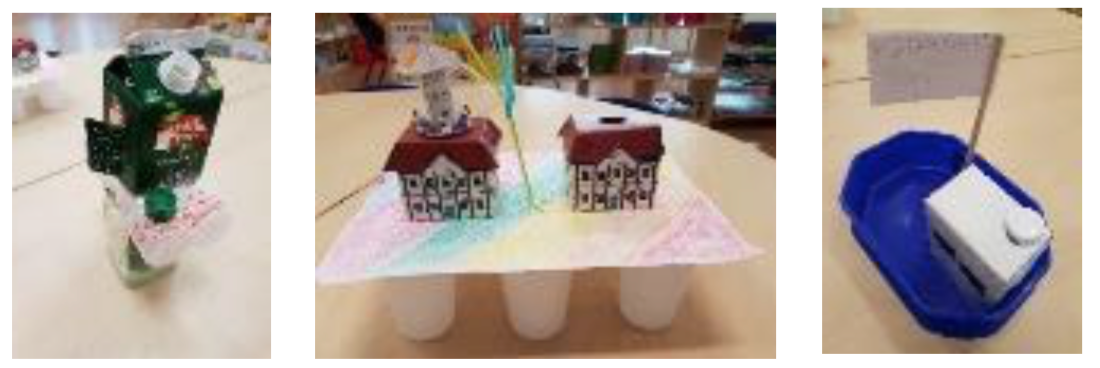
The children also shared about the floating houses they built as part of the take-home activity. They learnt to use empty containers and bottles, as well as large platforms to make floating houses.
Parents were encouraged to explore with their child building a simple 3-D model of a house that can float on water using recycled materials.

The children also shared about the floating houses they built as part of the take-home activity. They learnt to use empty containers and bottles, as well as large platforms to make floating houses.
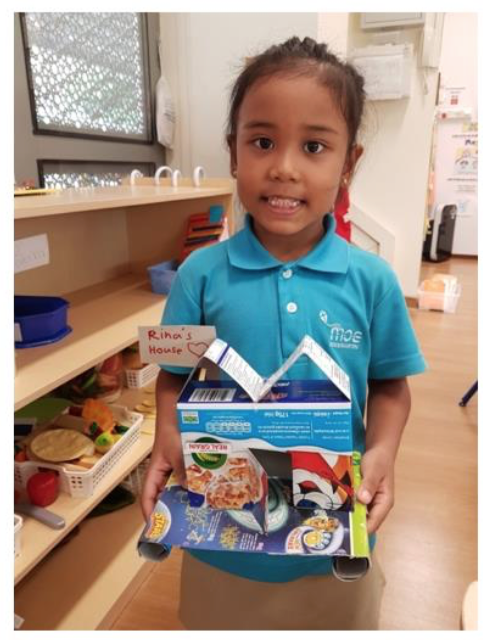 | 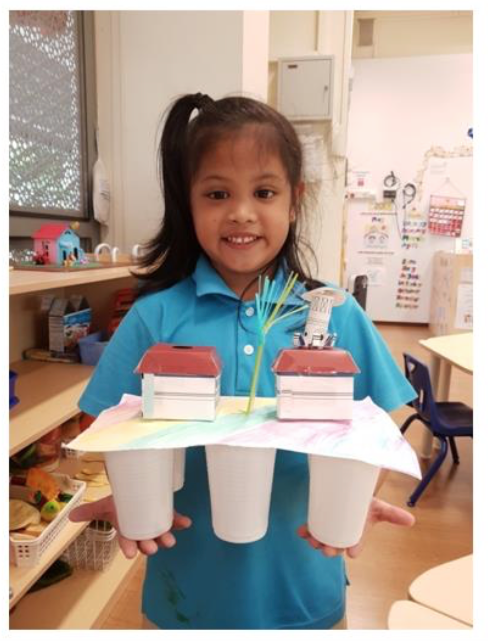 | 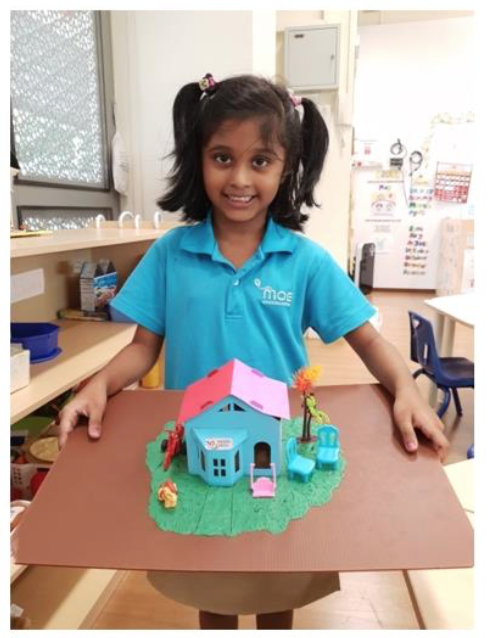 |
|---|---|---|
I used a box to make my house. I rolled the the paper to make a roll so it can float | I used 6 plastic cups to make my house. There is air inside the cup. | My house is made of wood and it can float. The big cardboard helps it to float. |
Children testing out their floating houses!
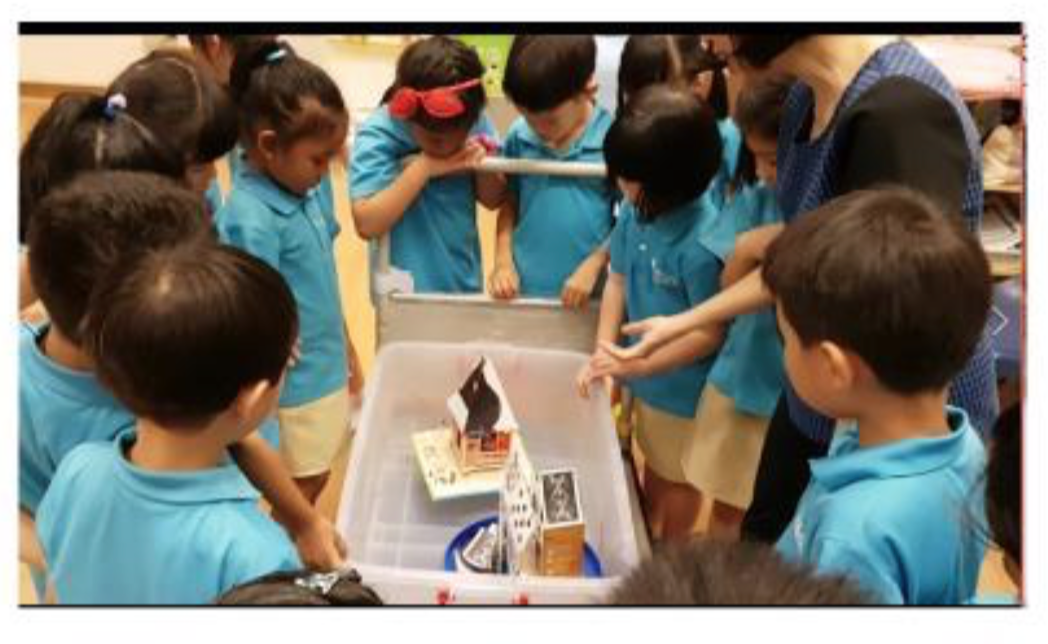 | 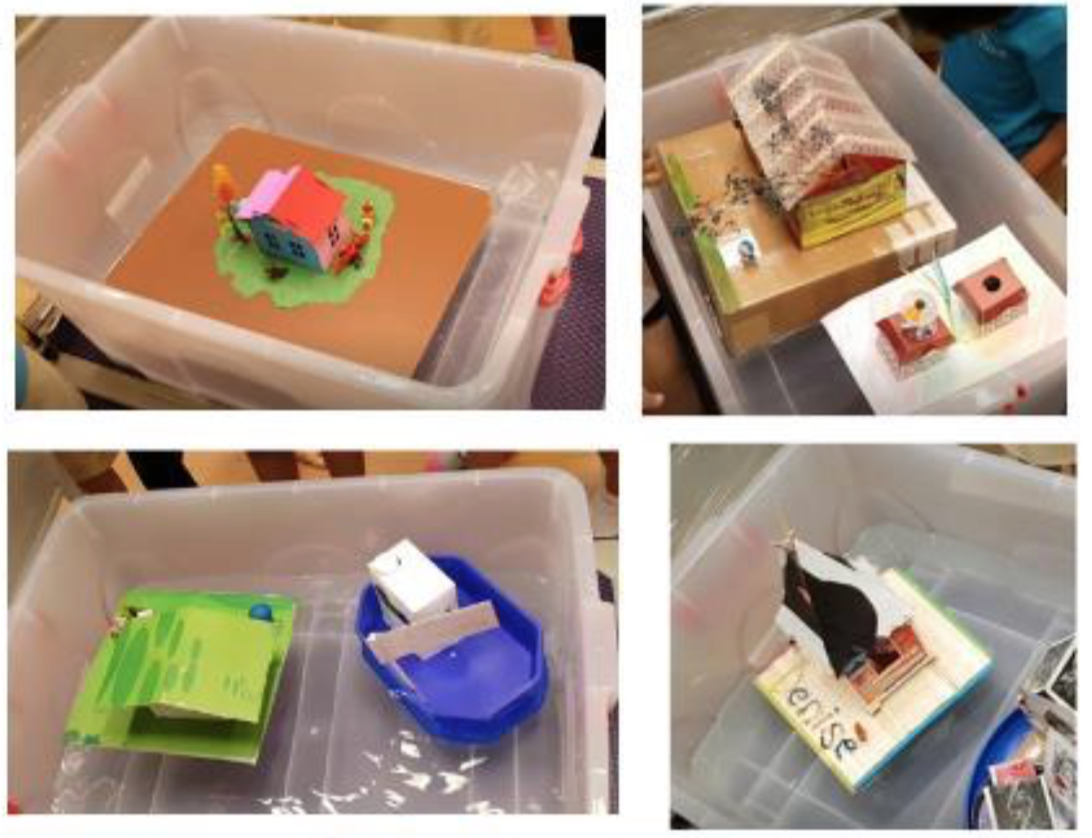 |
|---|
 |
|---|
They also tested the floating houses to see if they would float. This simple experiment provided children with the opportunities to make predictions and communicate their observations to their friends.
We learnt....
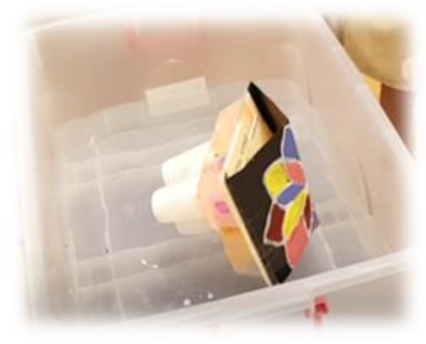 | |
| Oops! It needs one more cup for it to balance and float. | Oops! We need a bigger platform? |
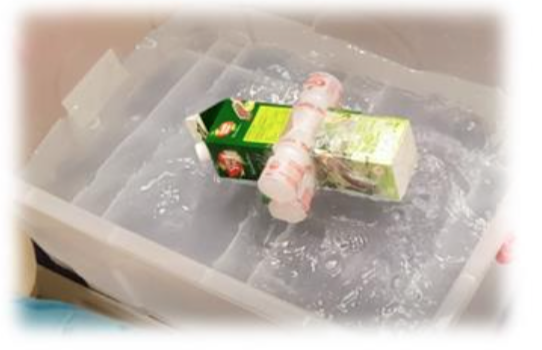 | 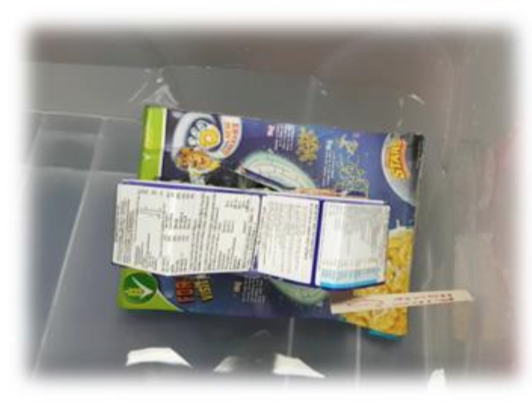 |
|---|
It couldn't stand upright. Put some weights at the bottom.
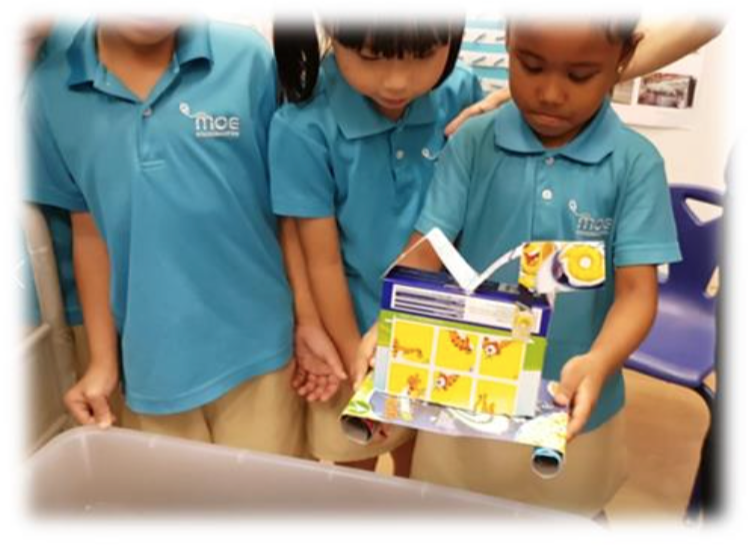 |
|---|
Paper houses don't work!
Children concluded that a house will float in water if it has a big air pocket and you should use materials like plastic or wood. Paper houses cannot float in water because it will absorb water and sink.
Contributed by:
Cynthia Wu, Senior Teacher
Project by Class of K2 Diamond 2017
MOE Kindergarten @ Dazhong